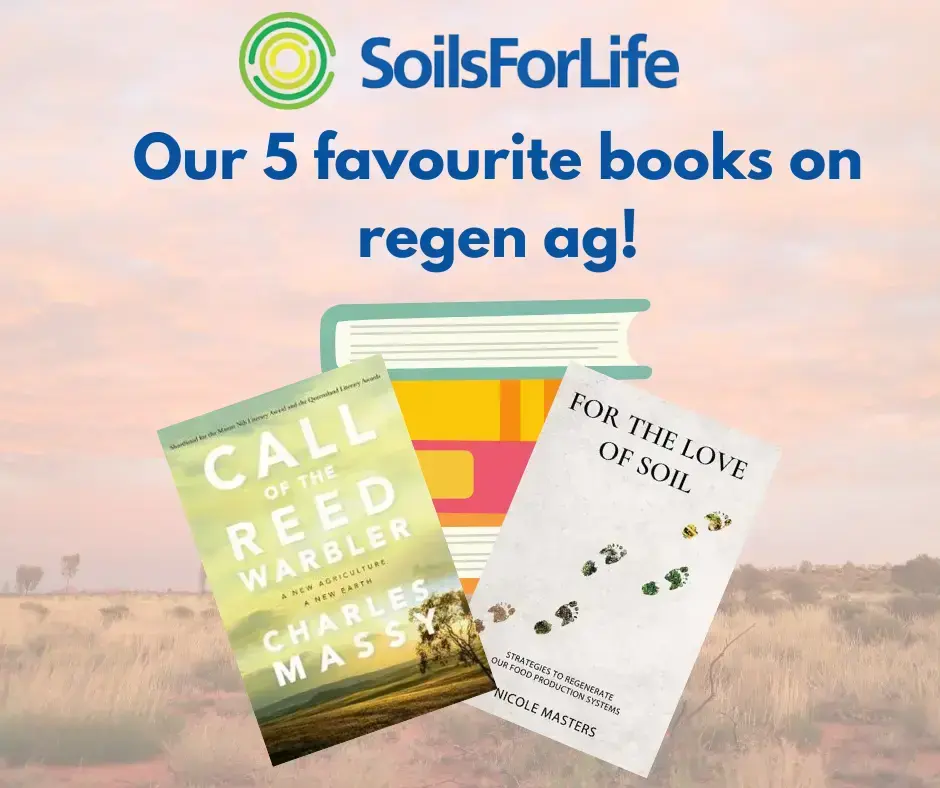Our five favourite books on regen ag!
Want to read up on regenerative agriculture? In recent years, so many excellent books by both Australian and international experts have been published across a broad range of topics. We have assembled our five favourites in a book pack as a prize for members of the Soils For Life community who fill out our communications and engagement survey.
This prize worth almost $150 and you can go into the draw to win this book by filling out the survey here. You’ll also help us on our mission to support Australian farmers on their journey towards regenerative agriculture.
Here are our five favourite books about regenerative agriculture
1. Call of the Reed Warbler, Charles Massey
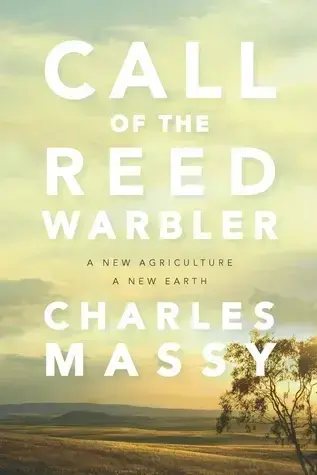
Call of the Reed Warbler is considered a ‘must read’ for anyone interested in the way forward for improved landscape management. Charles Massey uses his own experience transitioning from conventional farming practices to an innovative and regenerative farming approach, highlighting the power regen ag has in building healthy soil, people and communities. Call of the Reed Warbler is a powerful story of transformative change in agriculture which improves our landscapes and our society.
2. Dirt to Soil, Gabe Brown
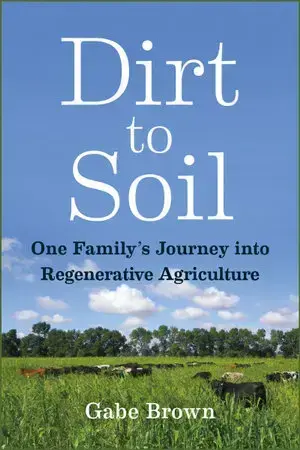
Gabe Brown is a rancher from North Dakota who shifted to regenerative agriculture after a series of ruined crops and financial struggles. Through twenty years of innovation with a focus on improving soil biology, Brown was able to turn his degraded landscape into a healthy and profitable ecosystem. In Dirt to Soil, Brown recognises that the biggest challenge to implementing regenerative practices is a change in mindset.
“In this dangerous time, Gabe Brown’s book comes as a breath of fresh air, showing by example what any farmer who cares enough about the future can do by following sound ecological principles and using common sense and imagination.”-Allan Savory, President of the Savory Institute
3. For the Love of Soil, Nicole Masters
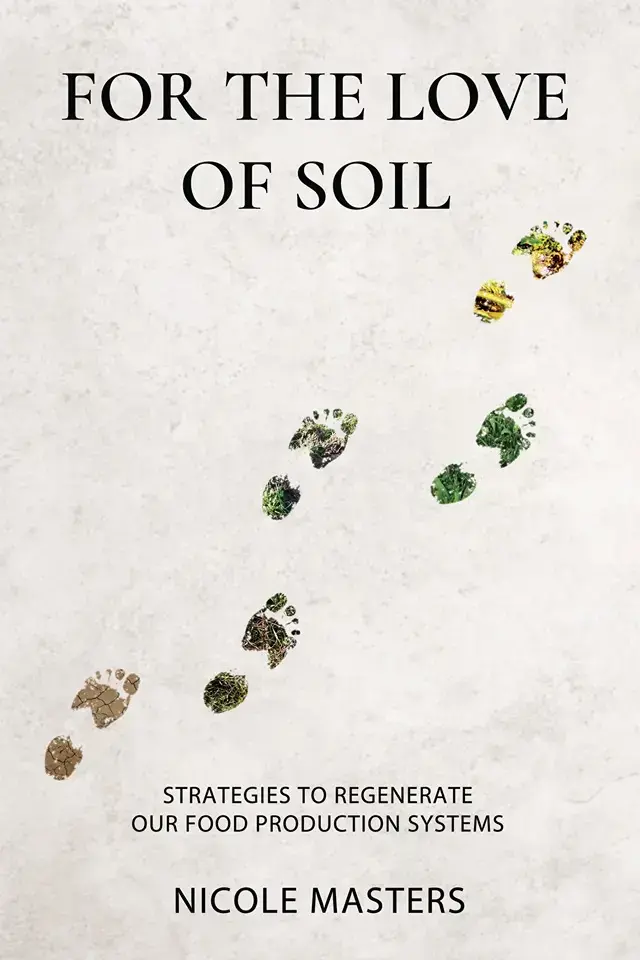
Nicole Masters is a renowned agroecologist and communicates her technical knowledge and comprehensive experiences in For the Love of Soil. Through case studies in Australasia and North America, Masters explores important principles and tools to help land managers shift their thinking and practices. Despite human and ecological challenges, Masters’ offers inspiration and hope for degraded landscapes by showcasing the power of mimicking natural systems and prioritising soil.
4. Dark Emu, Bruce Pascoe
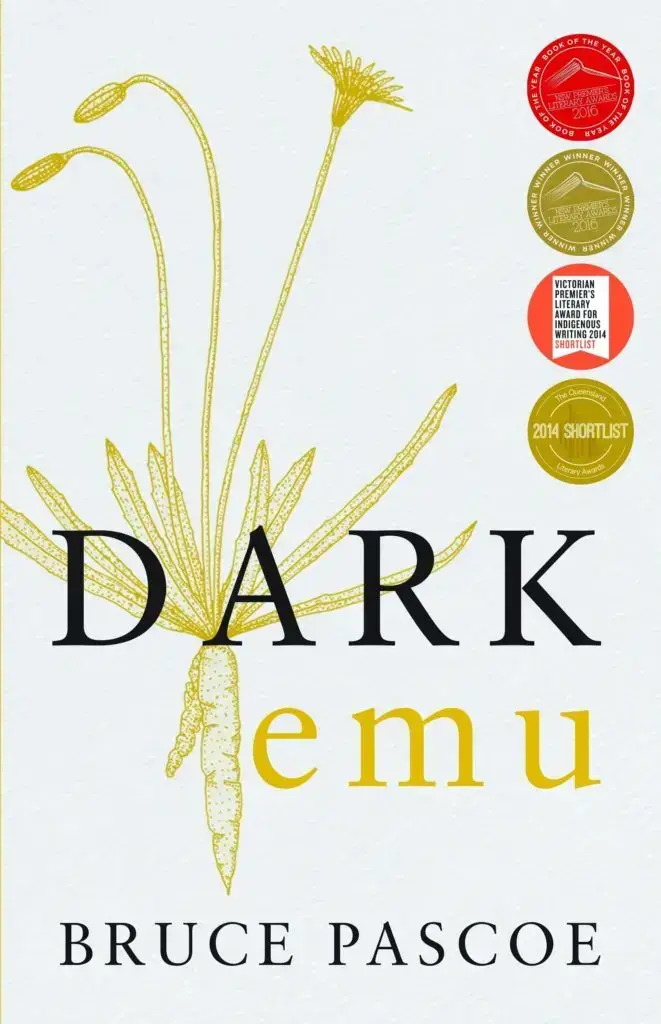
Dark Emu examines the unjust labelling of Aboriginal and Torres Strait Islander peoples as hunter gatherers, and instead provides compelling evidence of pre-colonial agricultural and land management systems. Pascoe is an influential indigenous historian and argues that Aboriginal people had sophisticated food production systems through sowing, harvesting, irrigating and storing food. Pascoe’s Dark Emu is important in Australia’s regenerative agriculture literature as it demonstrates sustainable food production relationships throughout the whole history of this ancient land and holds valuable insights from times before European settlement.
5. Thinking in systems, Donella H. Meadows
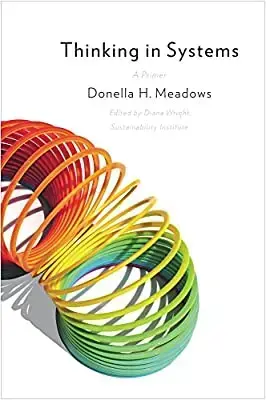
In an increasingly complex world, Thinking in Systems is an insightful introduction into a systems approach. Meadows highlights that problems, whether personal or global, cannot be fixed in isolation because they exist in systems. Some of the world’s biggest challenges like war, poverty and landscape degradation are systemic failures, and through her writing Meadows provides conceptual tools and methods of system-thinking to provide positive and effective solutions. These tangible system-thinking skills are invaluable and critical when facing the complex issues involved in shifting to regenerative agriculture.



